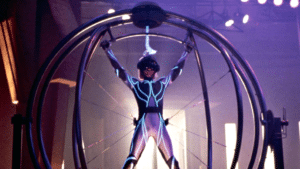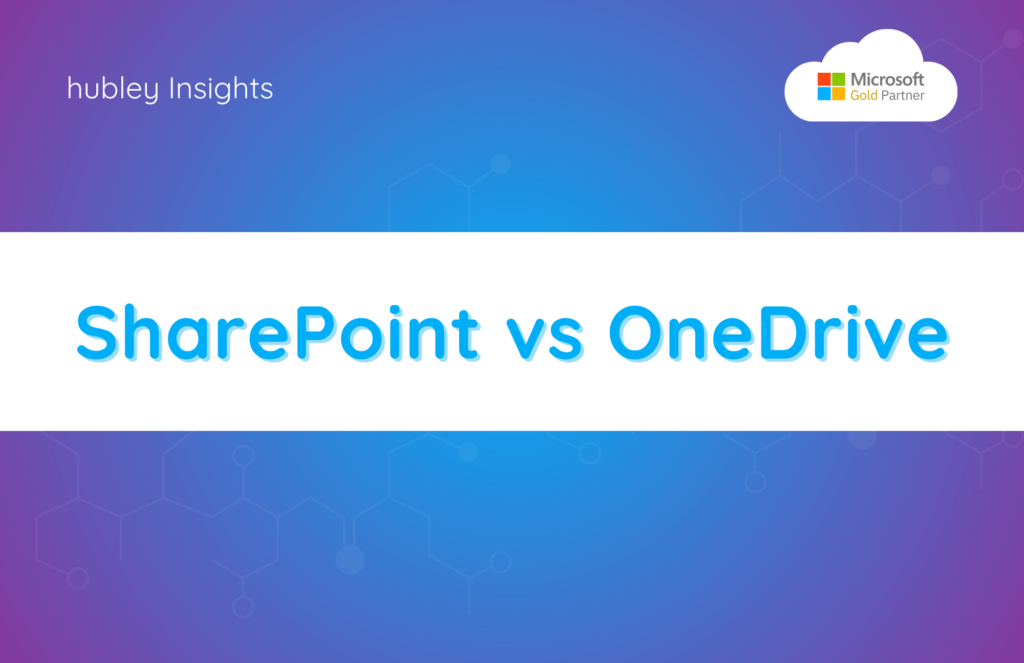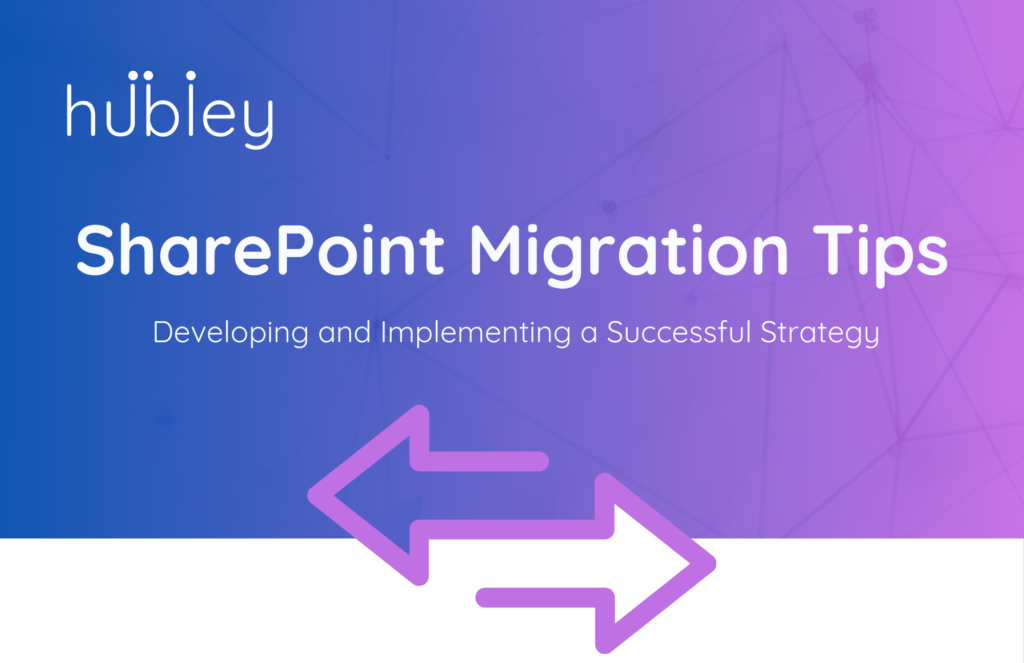Microsoft announced the launch of SharePoint Spaces at SharePoint North America, and we were front and center for the big reveal and demo! The only way to describe my feelings at the moment is, “The future is now!”
To provide context, that feeling is deeply rooted in my childhood vision of the future. I’ve never really put much stock into flying cars and mind-reading food dispensers (because of logistics). For me, the future has always been about Virtual Reality. Why?
Three Words: “The Lawnmower Man”

My life was changed by this movie…more so than “The Veldt” by Ray Bradbury (but only slightly); more so than “Tron” or “Total Recall”; more so than the dozens of other virtual reality movies that littered the 90s cinematic landscape. If you’re unfamiliar with “The Lawnmower Man”, it has a 35% Rotten Tomatoes warning so you’re probably not missing anything. If you watched this movie as a child, however, the nostalgia is real right now!
The story focuses on a doctor (played by Pierce Brosnan) who uses a combination of medication and virtual reality computer simulation to augment the intelligence of his lawn guy. Then–*spoiler alert*–it all ends horribly! This movie was released in 1992; 10 years post the original “Tron” and two years post the original “Total Recall” so it wasn’t our first introduction to Virtual Reality. The thing that “Lawnmower Man” did was make the idea of virtual reality feel like a real possibility. After watching that movie, it seemed completely feasible that, one day, we would use virtual reality to educate, train and entertain ourselves.
22 years later, Las Vegas Nevada, and Microsoft announces the release of SharePoint Spaces…
…and all I can do is think of the following quote (from Lawnmower Man, 1992):
Jobe Smith: This technology has peeled back a layer to reveal another universe. Virtual reality will grow, just as the telegraph grew to the telephone – as the radio to the TV – it will be everywhere.
Dr. Lawrence Angelo: You’re having delusions, Jobe. Struggle for reason!
Wow, right?
Okay, now, real talk…because you may have varied responses to all this. The most basic reaction we’ve seen is that people think the concept is cool but they can’t feel the practicality of SharePoint Spaces. Like, are we going to see enterprise organizations adapting to virtual reality technology as the cornerstone of their daily workflow? Is that happening?
The answer: Probably not immediately.
Adaptation Takes Time
We know this because we’re in the business of adapting technology and migration. Until there are established best practices and equipment has been tested to work with the software, migration into SharePoint Spaces is going to feel like a risky investment. One thing we know for sure is that this technology opens real possibilities for application.
Who will benefit, initially, from this technology and who will our early adopters be?
Microsoft has identified three key areas where they believe SharePoint Spaces will be first used and most impactful:
- Recruiting and Onboarding
- Learning
- Product Development
This makes sense. Because these are all areas that will benefit from the added collaboration that a virtual reality experience has to offer. SharePoint Spaces will allow teams of users access to the ‘touch and feel’ of a thing, without colocation as a requirement. For many industries, this is a huge deal!
We are Living in the Age of the Virtual Organization
Today’s business environment is becoming increasingly global; brick-and-mortar offices and colocation are rapidly becoming a thing of the past. Even companies that require most hours to be ‘in office’ hours have at least one department or individual who spends the majority of their time working from home. With the popularization of flexible work, organizations are presented with one singular, uniting problem: communication.
How do we collaborate with people with whom we’ve probably never met in person, connect with our organization and our peers, or manage team members we can’t see?
SharePoint Spaces attempts to solve this problem by adding a tangible feel to the collaboration platform that has been tested by adaptive organizations throughout the past decade. Teams working within SharePoint Spaces will have visual tools that feel real (thanks to 3D modeling). For remote employees trying to get to know a new company, any remote employee trying to learn something new, or for teams working together to model and develop a new process/product, this technology will revolutionize the work experience. However, it’s not a huge revolution, given that MOST of the tools that make SharePoint Spaces great are already available in SharePoint.
Apply the Concept
Here at hubley, we have helped companies use SharePoint (and the entire Microsoft suite) to overcome the biggest obstacles in the modern virtual organizational environment. We’ve developed a quickly implementable intranet environment that becomes a virtual ‘hub’ for organizational communication and collaboration. This intranet provides a touchstone to connect employees with their leaders, peers, and supporting departments. We have helped clients enhance the ability of SharePoint by leveraging applications into custom business solutions. Lately, we’ve been working with organizations to leverage Microsoft Teams for collaboration and team/project work.
As much as I want to wear a VR Helmet at work every day, it’s probably safe to say that I’ll be waiting a while for that version of the future.
Have you had any experience with the Virtual Organization? Is your company adapting to flex work? If so, what challenges have you seen? What are the benefits? If not, do you feel that your company should or will make the change to a more Virtual Workspace? What do you think would be the challenges if your organization made the switch? Let’s get in touch!




